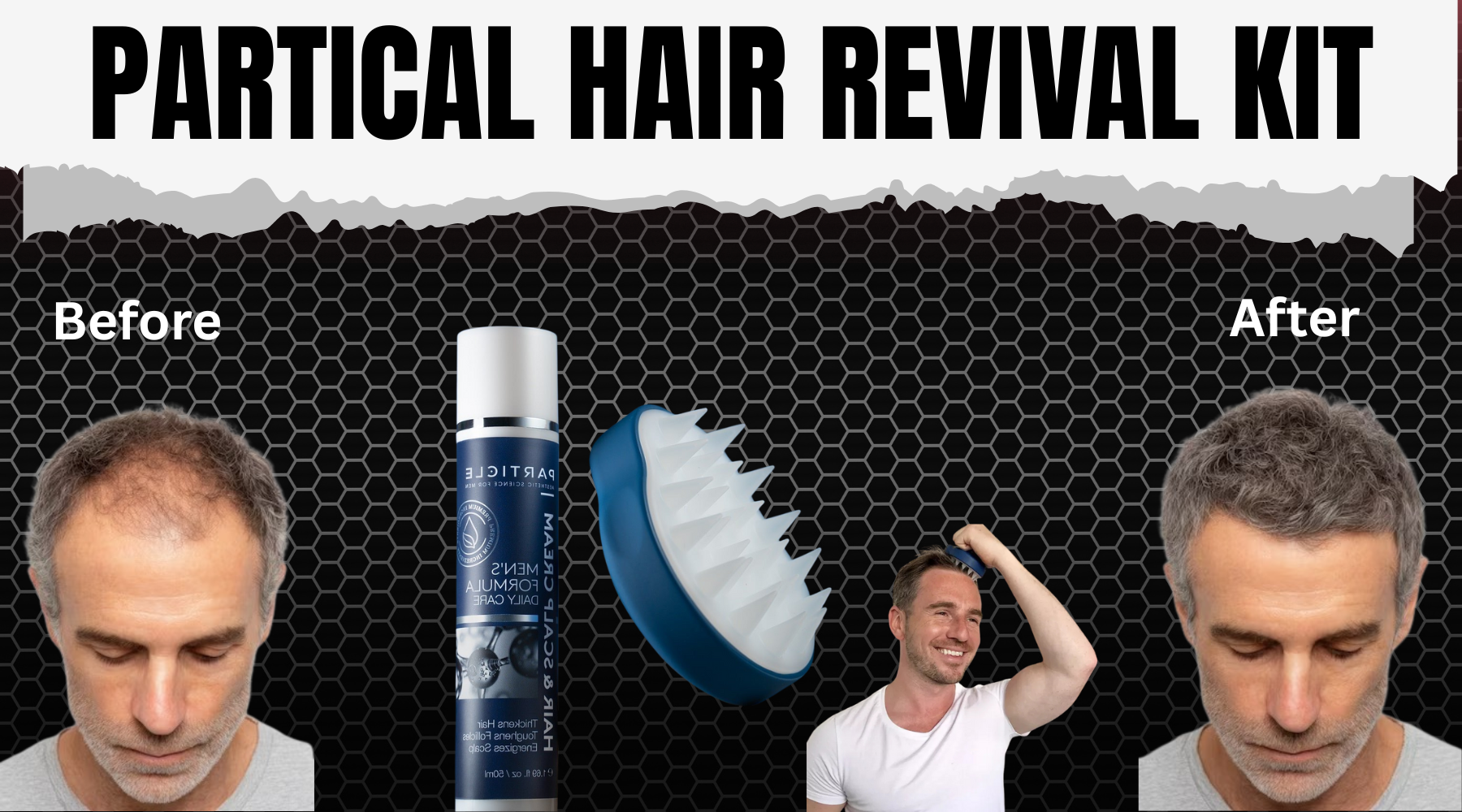
The Expert’s Guide to Full Lace and Lace Front Wigs
Lace front.
Full lace.
Monofilament.
Hand-tied.
Basic.
With all the different types of wig caps out there, it can be confusing to figure out the differences between them all.
Some wig caps attach to your head with an adjustable strap, and others need wig glue to stay put.
Some wig caps are heavier than others, and others are lighter.
Some wig caps allow you to put your hair up in a ponytail by mimicking natural hair growth, others you can’t restyle at all.
There’s a lot to know about wig caps, and even the most knowledgeable wig experts get it wrong sometimes. That’s why over the next couple of weeks we’ll be looking at each type of wig cap in detail.
No more guessing. No more buying three different wigs to test out cap constructions. Just the facts so that you can be confident before making your next wig purchase.
Fact: Celebrities LOVE lace wigs
Celebrities like Beyonce, Kim Kardashian, and Keira Knightley all love lace wigs (and they love to talk about how much they love lace wigs).
What makes them all love the style? Lace wigs look more like natural hair than any other type.
Lace wigs are the only type of wig that can provide you with a truly natural looking hairline. The lace material is designed to mimic the movement of your natural hairline and is dyed to match the color of your skin tone.
Even better, because of the way the hair is sewn into a lace wig, you can part it any way you like without worrying about your cap showing.
Updos, ponytails, any style is game with a lace front wig.
If you’re nervous about other people being to tell whether or not you’re wearing a wig, go lace. You’ll fool even the most eagle-eyed cosmetologists into thinking you were born with it.
Full lace wigs and lace front wigs - what’s the difference?
Not all lace wigs are created equal.
The two most popular types of lace wigs are full lace wigs and lace front wigs.
Full lace wigs are constructed with 100% - you guessed it - lace! And we’re pretty sure that the people who make lace front wigs are magicians because full lace wigs are magical.
Not only can you match the cap color to your natural skin tone, but also lace front wigs are made of barely-there fibers that are invisible once you attach the wig to your head.
Magical, right?
Full lace wigs are incredibly delicate, so be careful when removing and storing them. Full lace wigs usually come with combs or adjustable straps for attaching and removing your wig, so no need to use wig glue or tape.
We recommend that you never use wig glue or tape to attach a full lace wig. Because full lace wigs are so delicate, they can rip very easily. Especially when you’re pulling against glue or tape.
And, unfortunately, once a full lace wig rips, that’s it. It’s impossible to repair.
Word to the wise: first-time wig wearers shouldn’t wear full lace wigs. Putting on and taking off a full lace wig without damaging it can be tricky, so it’s better to practice with a sturdier wig when you’re just learning the ropes.
Lace front wigs have a sheer lace panel in the front of the wig, attached to a cap made a different way (basic, monofilament, or hand-tied).
Typically, lace front wigs have a sheer lace panel that sticks out beyond the hairline of the wig. The panel needs to be cut (preferably by a stylist or cosmetologist who knows how to do it) before you wear your wig in public. This is what helps create the look of a natural hairline.
Because lace front wigs only have a lace front, they’re a bit sturdier than full lace wigs and easier to handle. But just like with full lace wigs, you should never use wig glue or tape to apply a lace front wig.
The chances of ripping your lace front wig with glue are just as high as the odds of an iPhone user who decided not to get a case dropping and breaking it: pretty high.

The true cost of lace wigs
While it’s true that lace wigs can be a bit pricey, that’s not always true.
Lace wigs are widely considered to be high quality by professionals in the hair industry and are difficult to construct, which is what makes the more expensive.
However, if you’re willing to forego the “lace effect” for the entire wig and instead buy a wig with a lace front, you can bring down the cost.
Synthetic lace front wigs typically start at around $150 - 200, whereas a full lace human hair wig can run you upwards of $1,000.
Full lace wigs: the ideal wig for chemotherapy patients
This is 100% true! Full lace wigs are the best type of wigs for chemotherapy patients.
There are two reasons for this:
1) Full lace wigs are very lightweight.
Lace is the most lightweight material currently available for wig caps. And the lighter your wig, the less likely it is that your head will overheat while you wear it.
Synthetic full lace wigs are the lightest option because synthetic hair weighs much less than human hair.
2) Full lace wigs are very breathable
The “lace” of lace wigs is less lace and more tightly-woven-mesh-fabric-with-small-holes-between-the-strings.
Those small holes are what make full lace wigs so breathable. Air can, literally, circulate in and around your lace wig.
So if you’re worried about overheating, or live in a hot climate, go for a lace wig.
Lace wigs are the easiest wigs to style
Lace front wigs were invented to mimic natural hair. The on these wigs moves like natural hair, and the wig cap is almost completely invisible.
Almost any hairstyle is game when you have a lace wig. Just make sure you’re using wig-friendly styling products. Hair products designed for natural hair will damage your wig hair and could cause cap breakage (more on that here).
The only styles you can’t wear with a lace wig are high ponytails and ballerina buns.
At the back of lace wigs (the part that sits near the nape of your neck), there is a strap or clasps that helps you adjust the wig to fit your head. If that area isn’t covered with hair, it will be visible.
Full lace wigs encourage hair regrowth
Since lace front wigs are so breathable, they’re ideal for women (or men!) who are trying to regrow their hair after chemotherapy or after any other type of hair loss.
In order for hair to regrow, you need to maintain a healthy scalp. When your wig is too tight or made with heavy materials, sweat and oil will build up, blocking hair growth.
Since lace front wigs have breathable mesh, they reduce the risk of oil buildup and keep your scalp (and wig) clean and healthy.
Just remember, just because you’re wearing a wig, it doesn’t mean that you don’t need to take care of your natural hair. Remember to wash your hair and scalp.
Go slow when you’re removing a lace wig
Have you ever seen a movie where the female assassin rips off her wig? It looks cool, right?
NEVER do that.
Especially with lace wigs, it’s important to practice taking off your wig very slowly. Don’t rush it. Otherwise, you might rip or tear your wig.
It’s worth it to spend an hour or two after you receive your first lace wig practicing taking it on and off.
Be careful storing lace wigs
We’re sure you aren’t doing this, but you shouldn’t just throw your wig in the back of the closet when you aren’t wearing it (definitely not something you would do, right?).
It’s important to store your wigs, especially lace front wigs, properly.
For lace front wigs, we recommend storing your wigs in satin sealable bags.
It’s never fun detangling a wig, but it’s really not fun when you’re trying to detangle an easily rippable lace wig.
Satin bags will help stop your wig hair from tangling - yes, even tangle-loving synthetic wigs - from going all iPhone-headphones-in-your-purse while you aren’t wearing it.
Loved learning about lace front wigs? Check out our 17 Favorite Wig Facts to boost your wig IQ even more.
Do you love your lace front wig? Let us know which style is your favorite in the comments!






